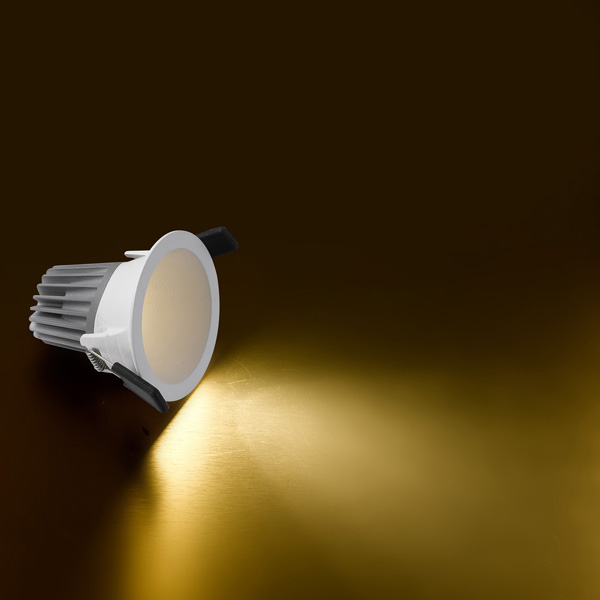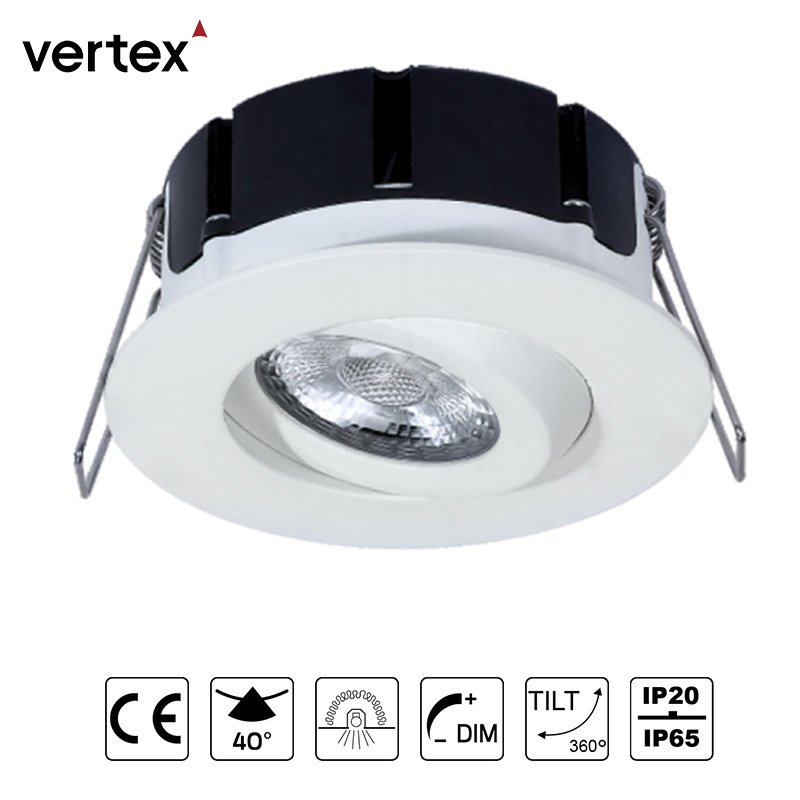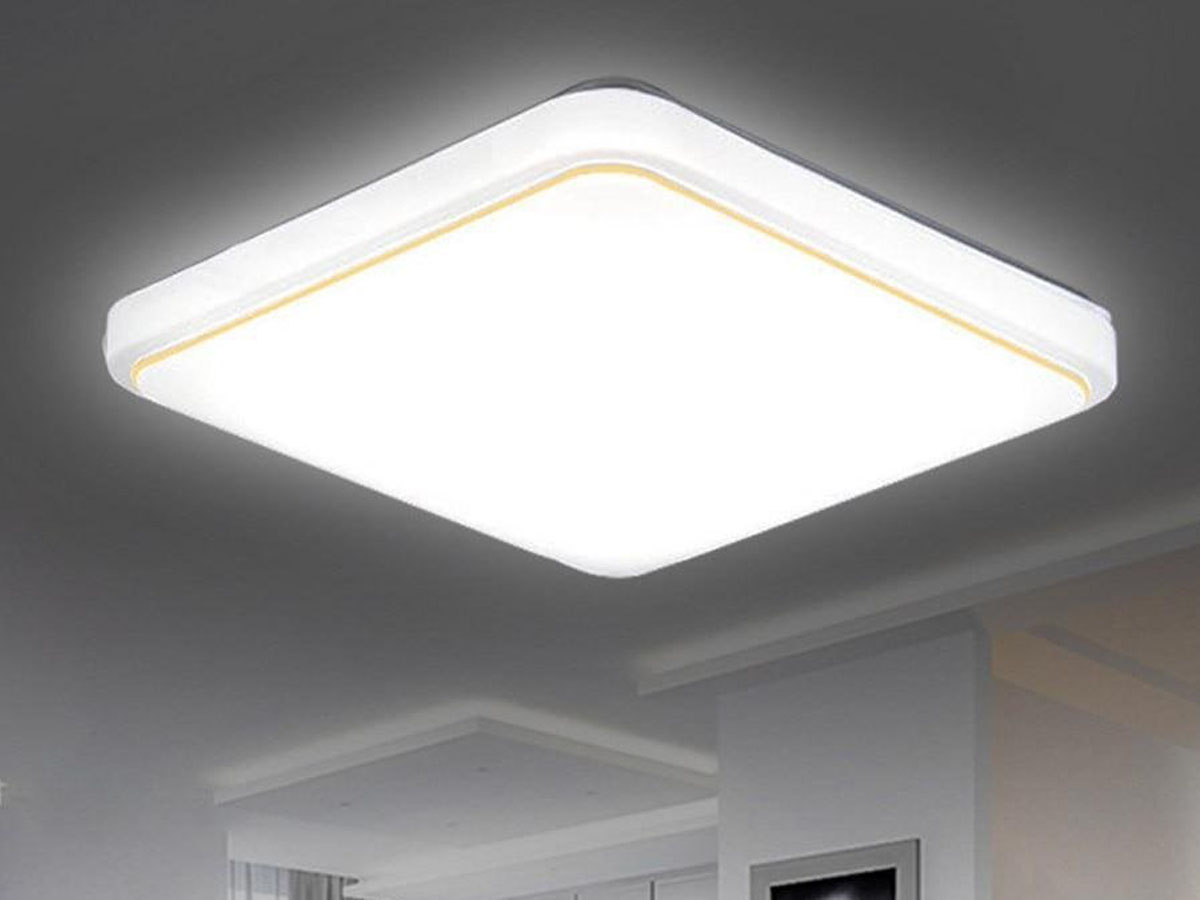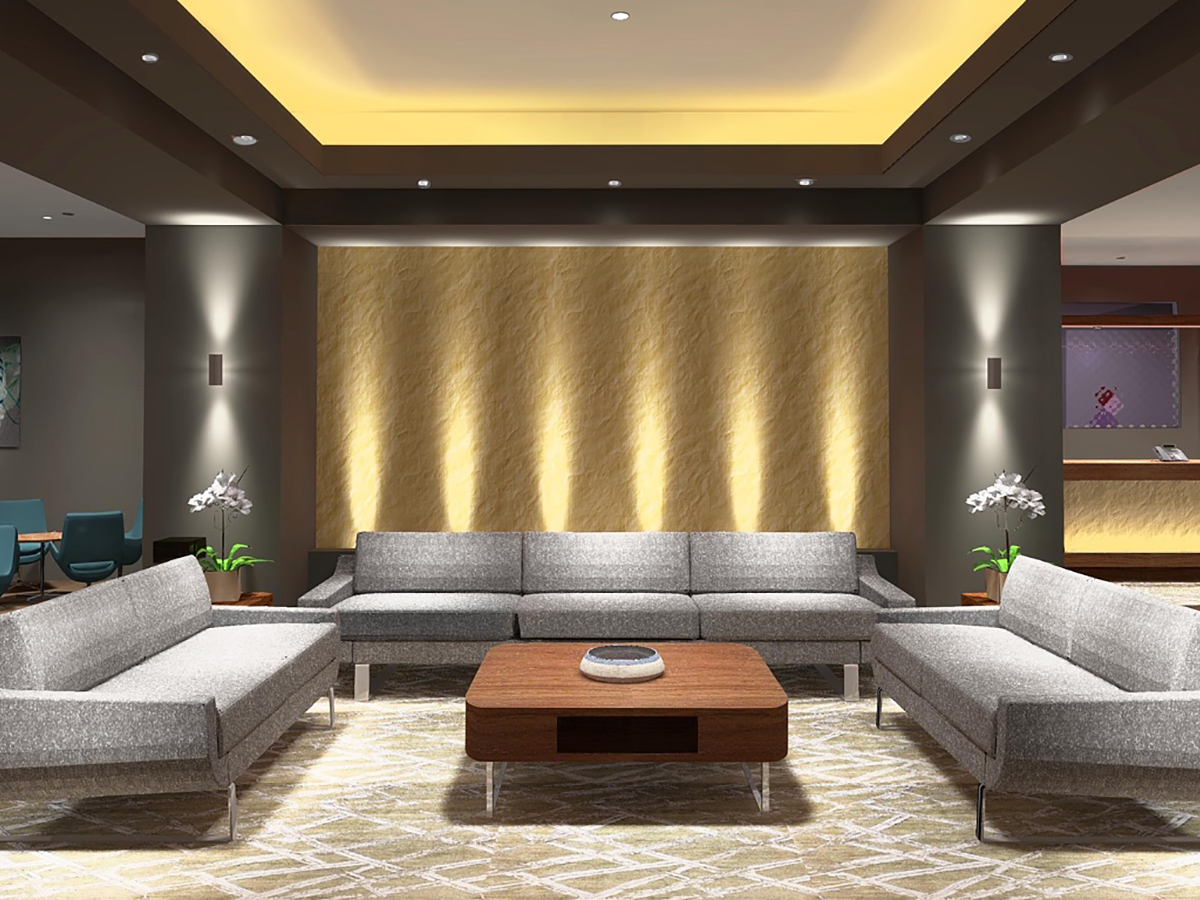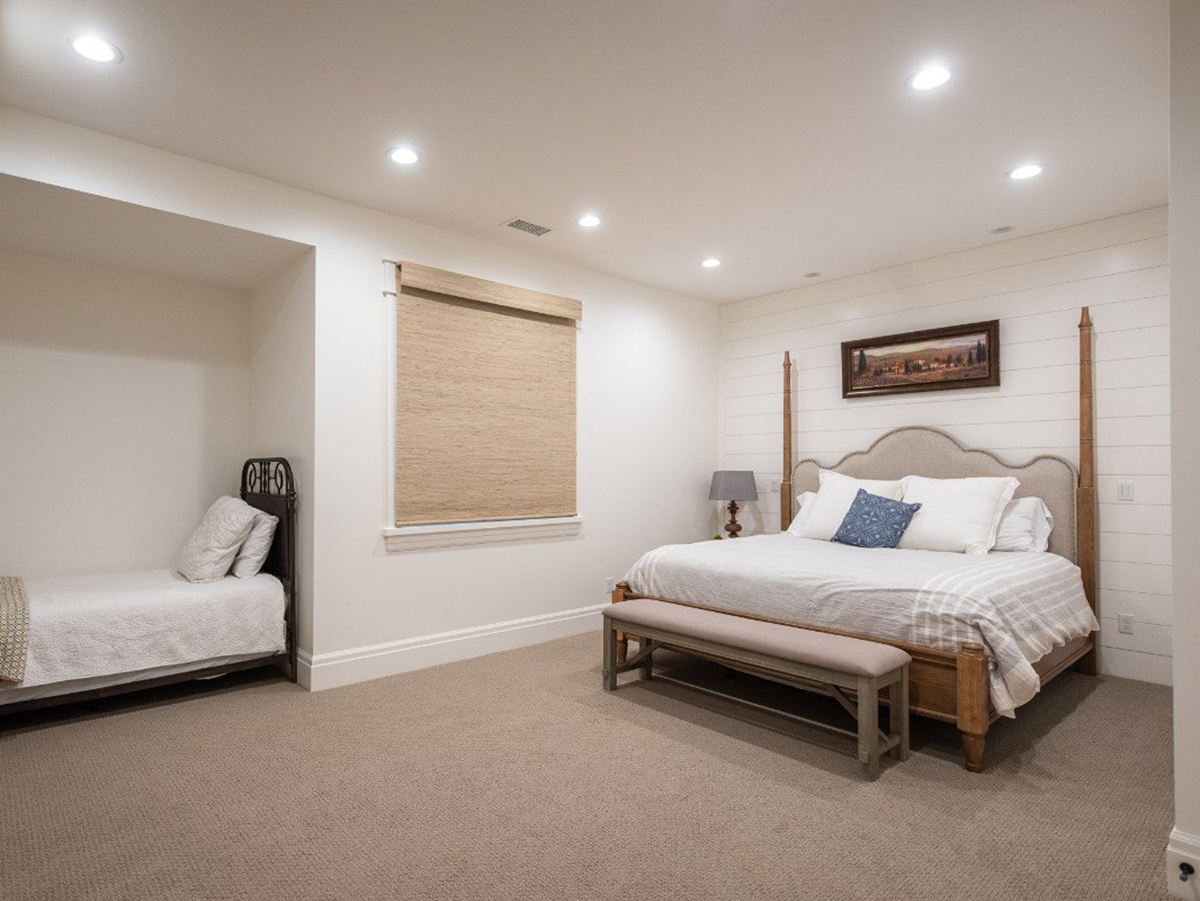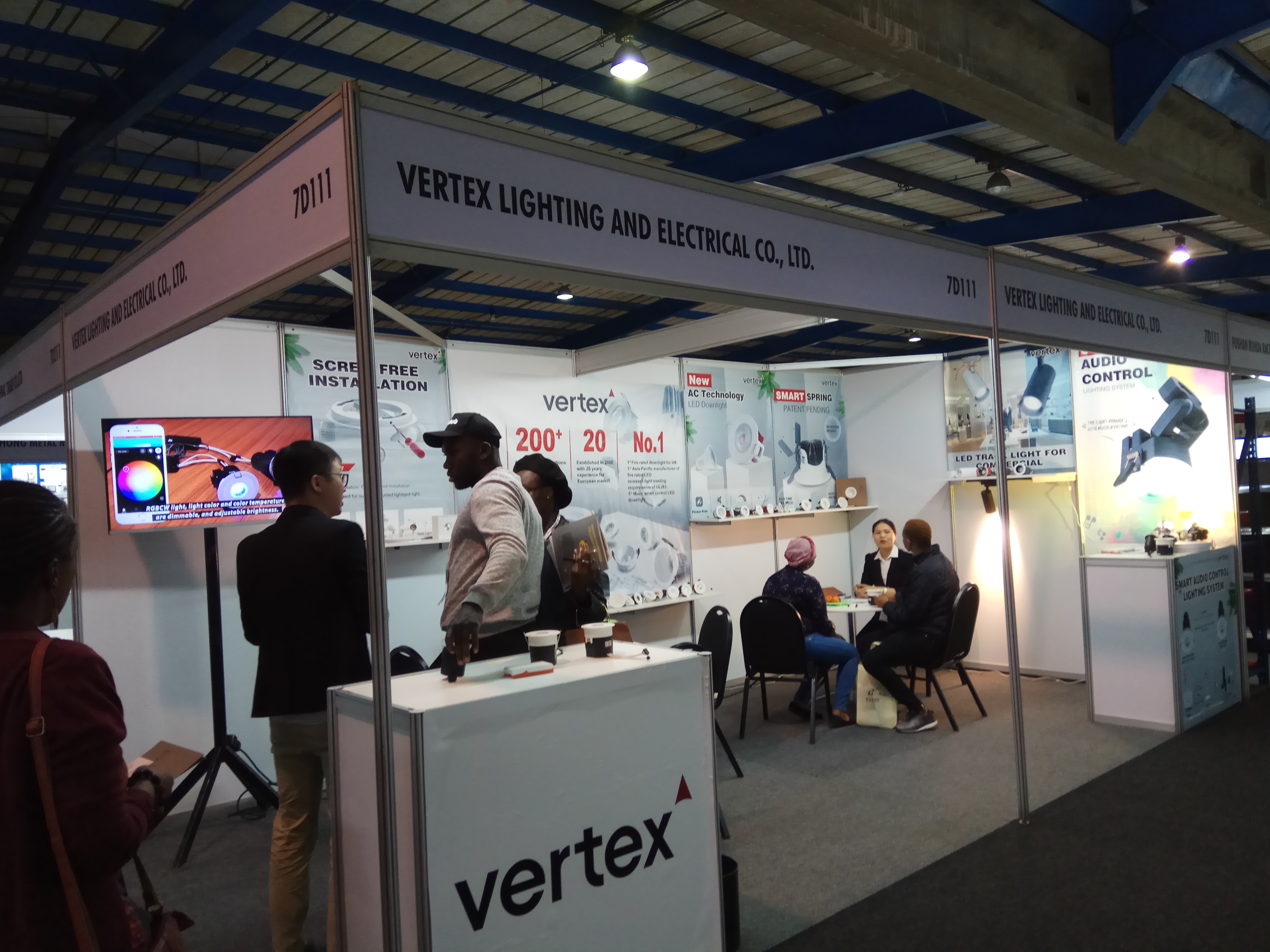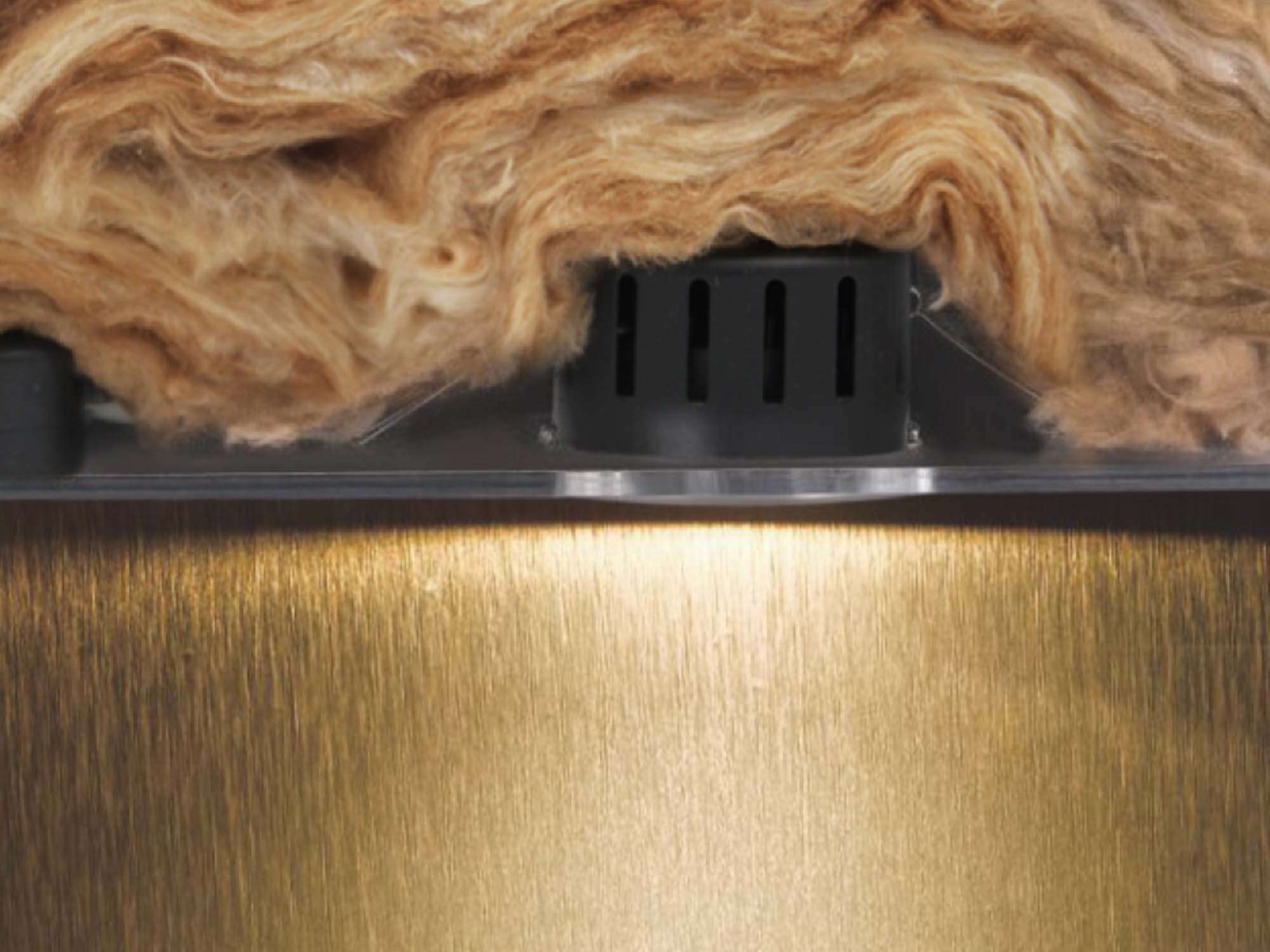What Are LED Downlights?
LED downlights are a type of lighting fixture that is recessed into the ceiling, providing a focused beam of light that can illuminate a room efficiently. Unlike standard incandescent or fluorescent bulbs, LED downlights produce light via light-emitting diodes (LEDs), which has various advantages.Benefits of LED Downlights
Energy Efficiency
LED downlights are known for their energy efficiency, consuming significantly less power compared to traditional incandescent or fluorescent lights. This efficiency translates to lower electricity bills and a reduced environmental footprint.Long Lifespan
One of the standout features of LED downlights is their long lifespan. They can last for up to 50,000 hours, which is around 50 times longer than incandescent bulbs and 5 times longer than compact fluorescent lamps.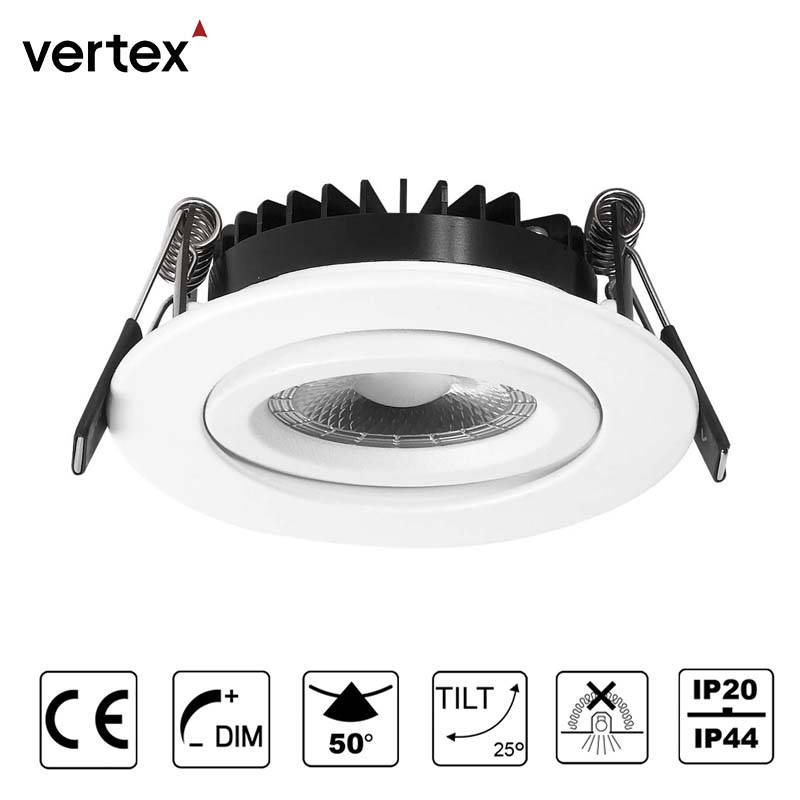
Low Maintenance
Due to their durability and long lifespan, LED downlights require less frequent replacements, reducing maintenance efforts and costs over time.Maintenance Tips for LED Downlights
Regular Cleaning
Regular cleaning is essential to maintain the brightness and efficiency of LED downlights. Here are some steps to follow:Turn Off the Power: Always ensure the power is turned off before cleaning to prevent electrical shocks.
Remove the Bulb: Carefully remove the bulb from the fixture.
Clean with a Soft Cloth: Use a soft, lint-free cloth to gently wipe the bulb and fixture. Avoid using harsh chemicals or abrasive materials that could damage the surface.
Checking and Replacing Bulbs
Although LED bulbs have a long lifespan, they will eventually need replacement. Signs that a bulb needs replacing include dimming, flickering, or complete failure. To replace a bulb:Turn Off the Power: Ensure the power is off to avoid electrical hazards.
Remove the Old Bulb: Carefully remove the old bulb from the fixture.
Install the New Bulb: Insert a new bulb of the correct type and wattage.
Inspecting the Fixture and Wiring
Regular inspection of the fixture and wiring is crucial to identify any signs of wear or damage. Look for:Loose or Exposed Wires: Ensure all wires are securely connected and not exposed.
Signs of Wear: Check for any damage to the fixture or wiring that could lead to malfunctions.
